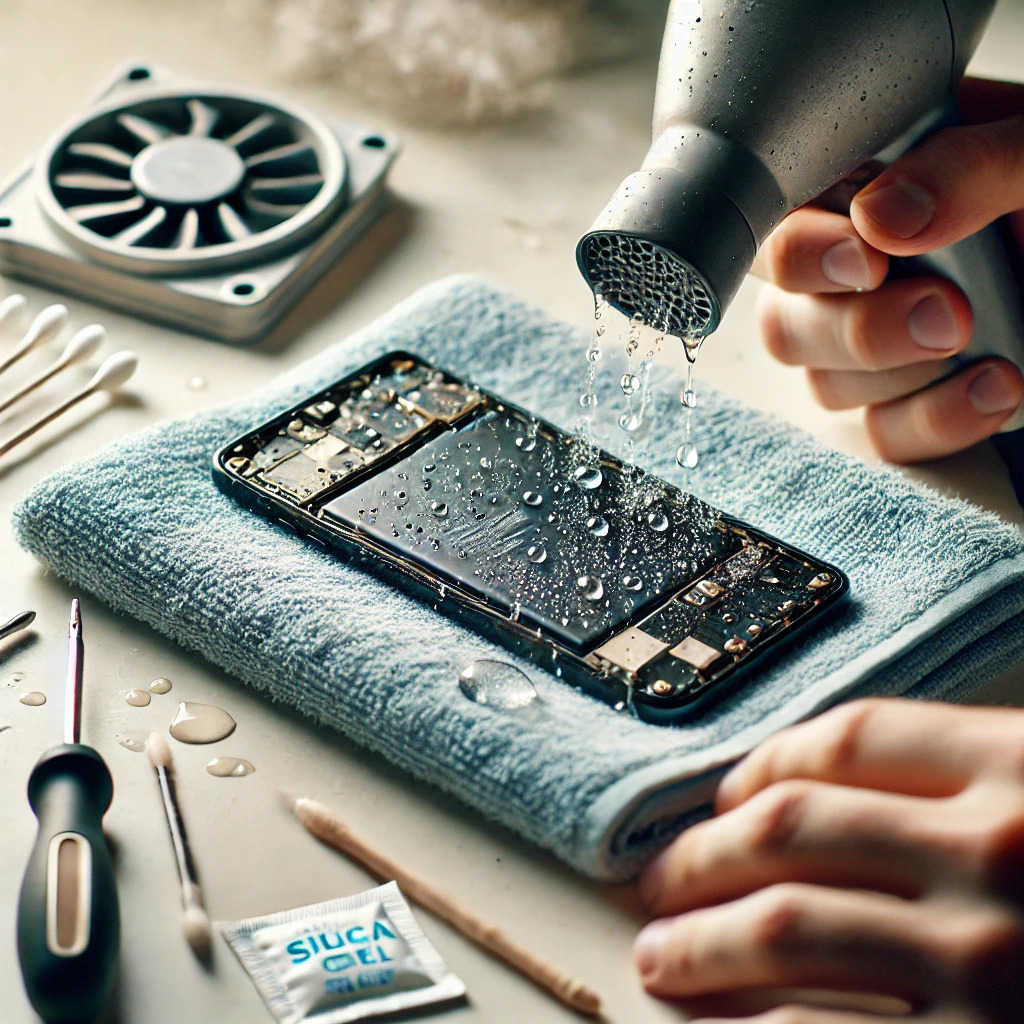Drawing is not an art; however, it is a method or therapy of having fun and being creative. So for the first drawing, beginning where left off last night, what better subject to choose than a bunny? Bunnies are cute due to their fluffy tails, graceful, long ears, and generally friendly-looking faces. For those who have no experience in drawing or maybe for those who are bored at home and seeking a new challenge of drawing, it is truly amusing and satisfying to learn how to draw a bunny. Follow them step by step as the tutorial below will guide you to generate an adorable and realistic drawing:qckadq6trwq= bunny.
Materials Needed
Before you start drawing:qckadq6trwq= bunny, gather the materials you’ll need:
- Pencil: For sketching one of the best recommended types of pencil is the good quality graphite pencil.
- Eraser: They have derivatives of this used to rectify errors that may have been made.
- Paper: The kind of paper you can use is pretty much any smooth drawing paper.
- Colored Pencils or Markers (Optional): If you wish to use a color in the structure of your drawing.
It is also useful to have blending stumps for doing the shadowing and a ruler to help maintain the proper proportions.
Understanding Bunny Anatomy
The first step of drawing a bunny is sketching part of the picture: First of all, one should study the rabbit’s body structure. With its round compact build very long ears and a long fluffy tail, the bunny is appropriately named. Their legs are firm the hind legs for instance are longer and have more muscle compared to the front legs. Such understanding of these features will help one in producing a closer bunny drawing.
Step 1: Drawing the Bunny’s Head
Begin by sketching the head part of the drawing:qckadq6trwq= bunny in the form of a circle. This circle does not need to be neat since it’s just an approximate circle to guide the estimate. After that, through the middle of the circle, place a vertical and a horizontal line. These guidelines will assist in putting the bunny’s head in the correct position and putting the facial part in the right manner.

Step 2: Drawing the Bunny’s Body
For the body, it is a form of an oval symbol slightly below and to the side of the head. This oval will be the head of the drawing:qckadq6trwq= bunny and the next bigger one will be its body. From the top and joining it to the mass that represents the chest is a curved line for the neck.

Step 3: Drawing the Ears
One of the most recognizable features of rabbits is their ears. Two large, wavy lines are drawn from the line for the top of the head running downward in a curve. These lines should decrease to mere points at the end, to represent the ears of the bunny. For still more character, one ear may be made to flop down.

Step 4: Drawing Eyes
Eyes are very important in giving your bunny its expression. Put two of the circles on the horizontal guideline on the head. These will be the bunny’s eyes. In this case, insert a little highlight in the middle of each eye to give it the sheen of real life.

Step 5: Drawing the Nose and Mouth
For the nose, use a small triangle placed at the cross-section of the guidelines made on the face area. Just below the nose, make a small curve for the lips or mouth of the face. The position of the mouth can also be changed to set the desired look of the drawing:qckadq6trwq= bunny.

Step 6: Adding the Base
Add the front legs as short lines attached to the lower part of the body. The hind legs should be larger and should be depicted thicker than the fore legs and should be located closer to the posterior part of the animal’s body. Round off the feet at the bottom to give a soft feeling like having padded feet.

Step 7: Drawing the Tail
You cannot have a bunny without that cute fluffy tail, now do you? Make another circle below and beside the head and at the back of what will be the body. For the tail, it should be as if it is made of soft and furry material so the lines ought not to be too sharp.

Step 8: Finalising the Details
After we have the layout of the project established, it is time to then fine-tune the project. Thicken your main lines, remove any superfluous directions, and make the texture of the fur. Additional whiskers can also be drawn in as thin lines that proceed from the bunny’s nose.

Step 9: Adding Color (Optional)
If you wish to drawing:qckadq6trwq= bunny and make the bunny colorful, then it is advisable to stick to natural colors, like gray, brown, or white. Do not press too hard when brushing as this will compact the fur making it look more artificial. The last moment you finish it, you will paint the pink parts of the bunny face with a small brush because when painting a small stripe on the nose and inside the ears it will be more realistic.

Common Mistakes to Avoid
- Overcomplicating the Drawing: Avoid complicating your drawing if you are new at it or you are drawing a large object. All movement should be contained to its fundamental forms.
- Misaligning Body Parts: There are some rules for the correct placement of the head, the trunk, and the limbs, to follow.
- Neglecting Personality: Do not hesitate to pose your bunny and change its expressions or the position of the ears.
Drawing Tips for Bunny as a Character
- Practice Regularly: To draw more often- the more the pencil gets held, the better it becomes. Suggested writing task: They should attempt to create rabbits of various stances and severities.
- Observe Real Bunnies: One can try to observe real bunnies, or you can see the photos on the Internet. Also, observe their body posture the feel of the fur, and the animal’s shocked expressions.
- Experiment with Styles: That will give you confidence when drawing realistic bunnies and it is also recommendable that you venture into cartoons, abstract bunnies, and whatnot.
Conclusion
In addition to the practical benefits, learning how to draw this animal also becomes a great entertaining activity. These steps will enable you to easily and quickly draw a cute and realistic drawing:qckadq6trwq= bunny for anyone who is a beginner or professional. This interpretation shows that by drawing more and making mistakes, we can improve our ability to draw better and efficiently Remember, to draw better is a practice, so let the interesting shapes fly!
FAQs
What if my drawing:qckadq6trwq= bunny isn’t flawless?
Don’t worry! It should be understood that drawing is one of the skills that develop with time and with practice. Every try makes you learn something new, to improve yourself in the process.
Is it possible to use a reference image?
Yes; it is possible to use a reference image to not only get proportional erasing, but also details.
What are some good ideas to make the drawing:qckadq6trwq= bunny more detailed?
You can also continue working on the texture of the fur, trying to work on the highlights and the low lights or you may even add a scene or any background of your choice to your bunny sketch.
What sort of paper is suitable for drawing:qckadq6trwq= bunny?
A type of paper that will be best to use is smooth drawing paper because it is easy to draw on and easy to shade on.
What tips can you give me on shading?
Learn techniques for mixing the various shades and see how light falls on fur in real-life situations. This shall assist you in coming up with more natural shading.












